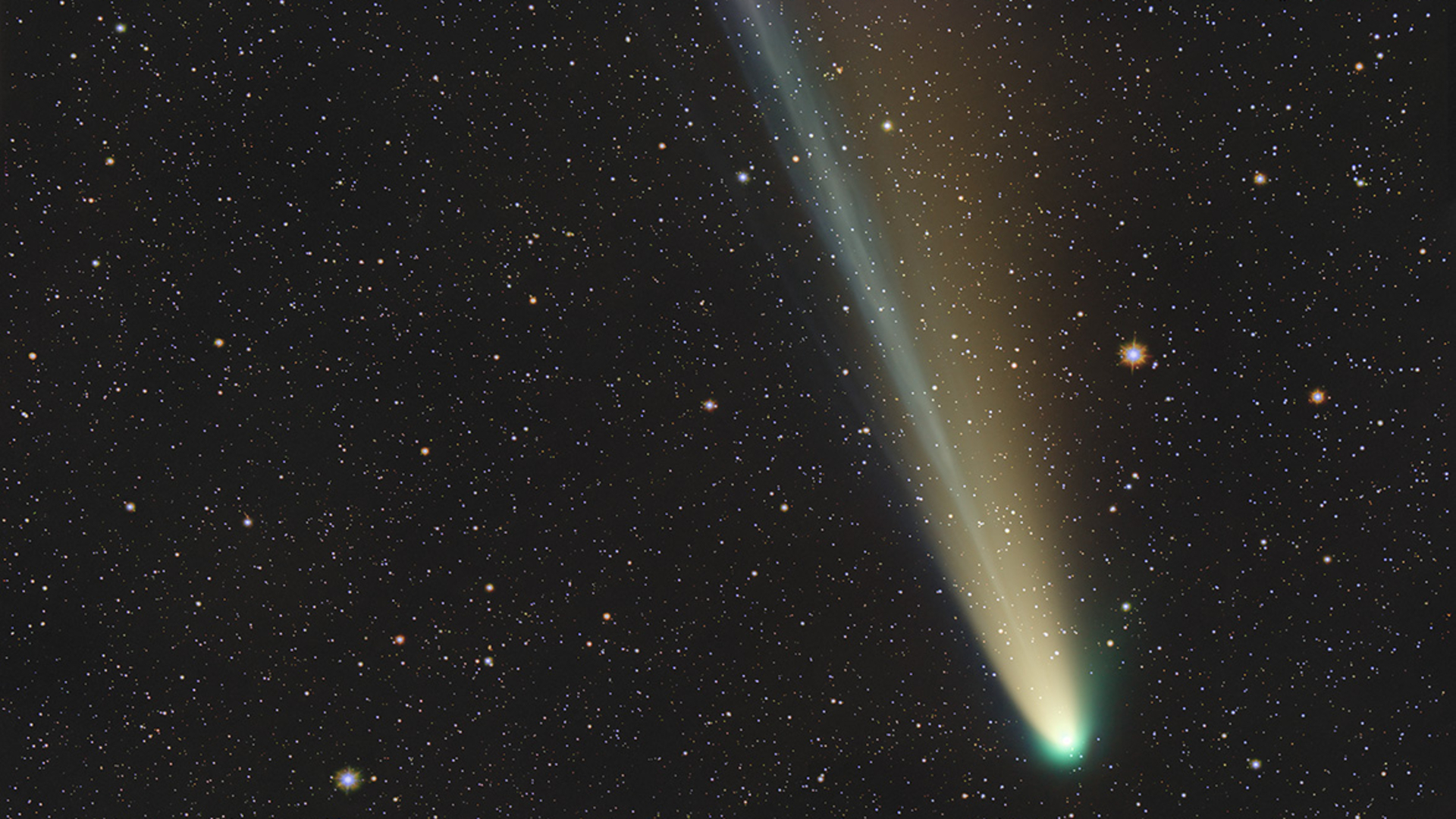Robert Lea is a science journalist in the U.K. whose articles have been published in Physics World, New Scientist, Astronomy Magazine, All About Space, Newsweek and ZME Science. He also writes about science communication for Elsevier and the European Journal of Physics. Rob holds a bachelor of science degree in physics and astronomy from the U.K.’s Open University. Follow him on Twitter @sciencef1rst.
Latest articles by Robert Lea
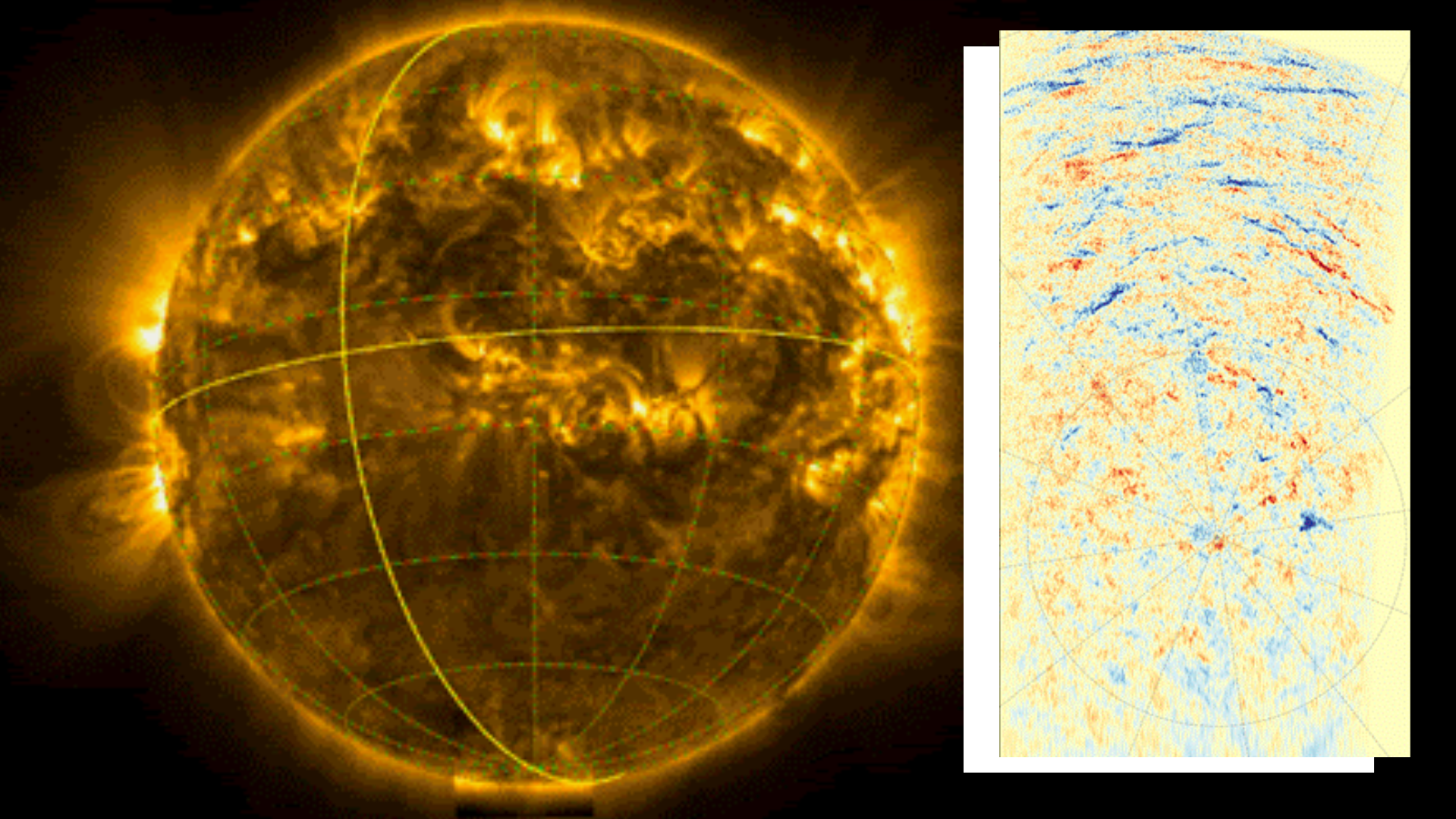
Humanity takes its 1st look at the sun's poles: 'This is just the first step of Solar Orbiter's stairway to heaven' (images)
By Robert Lea published
The Solar Orbiter has captured humanity's first look at the south pole of the sun, revealing messy magnetic fields and particles being ejected at high speeds.
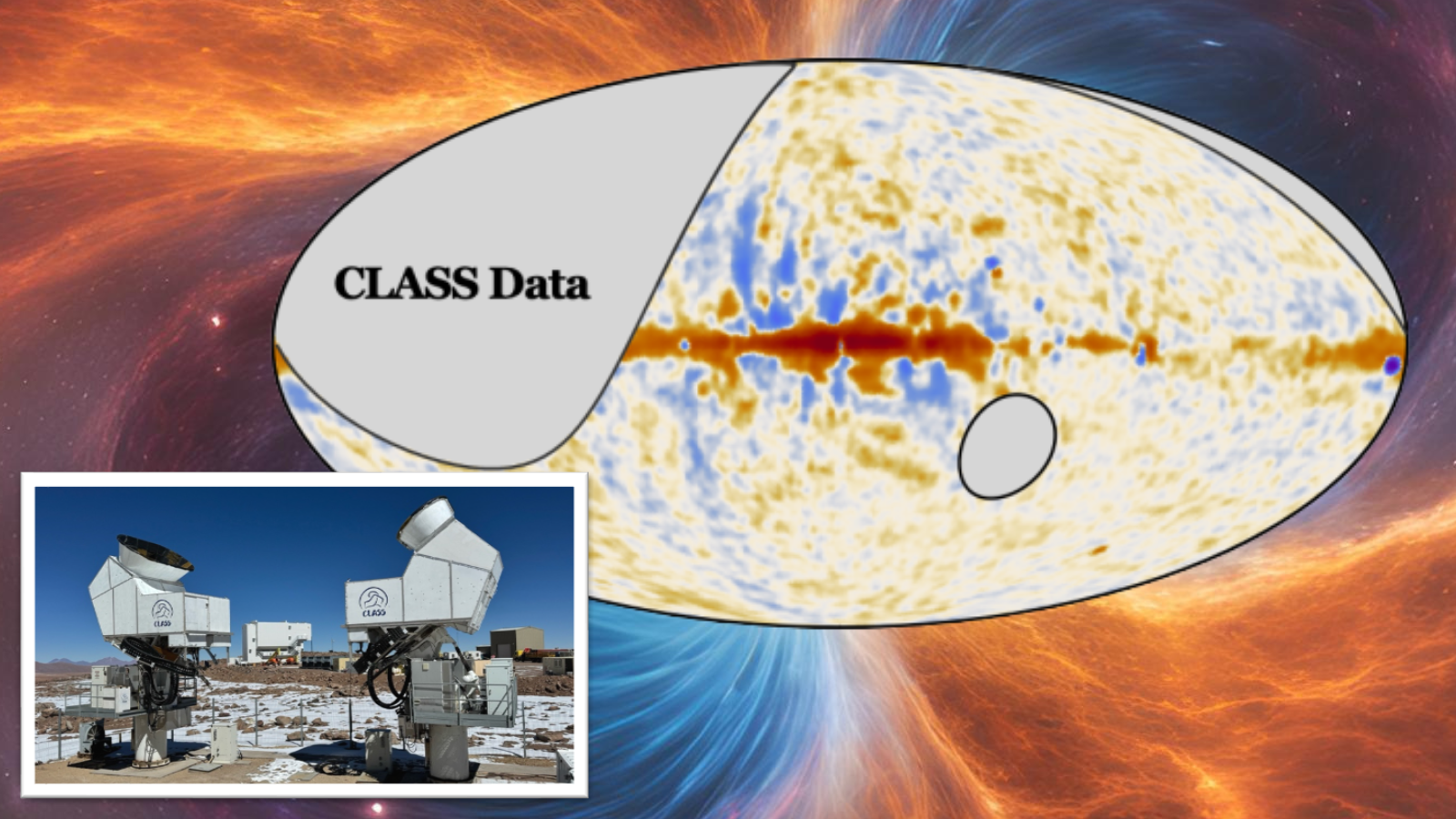
Astronomers see the 1st stars dispel darkness 13 billion years ago at 'Cosmic Dawn'
By Robert Lea published
The CLASS telescope array has taken a fresh look at the infant universe to hunt for polarized light in the Cosmic Microwave Background that resembles light bouncing off a cosmic car hood.
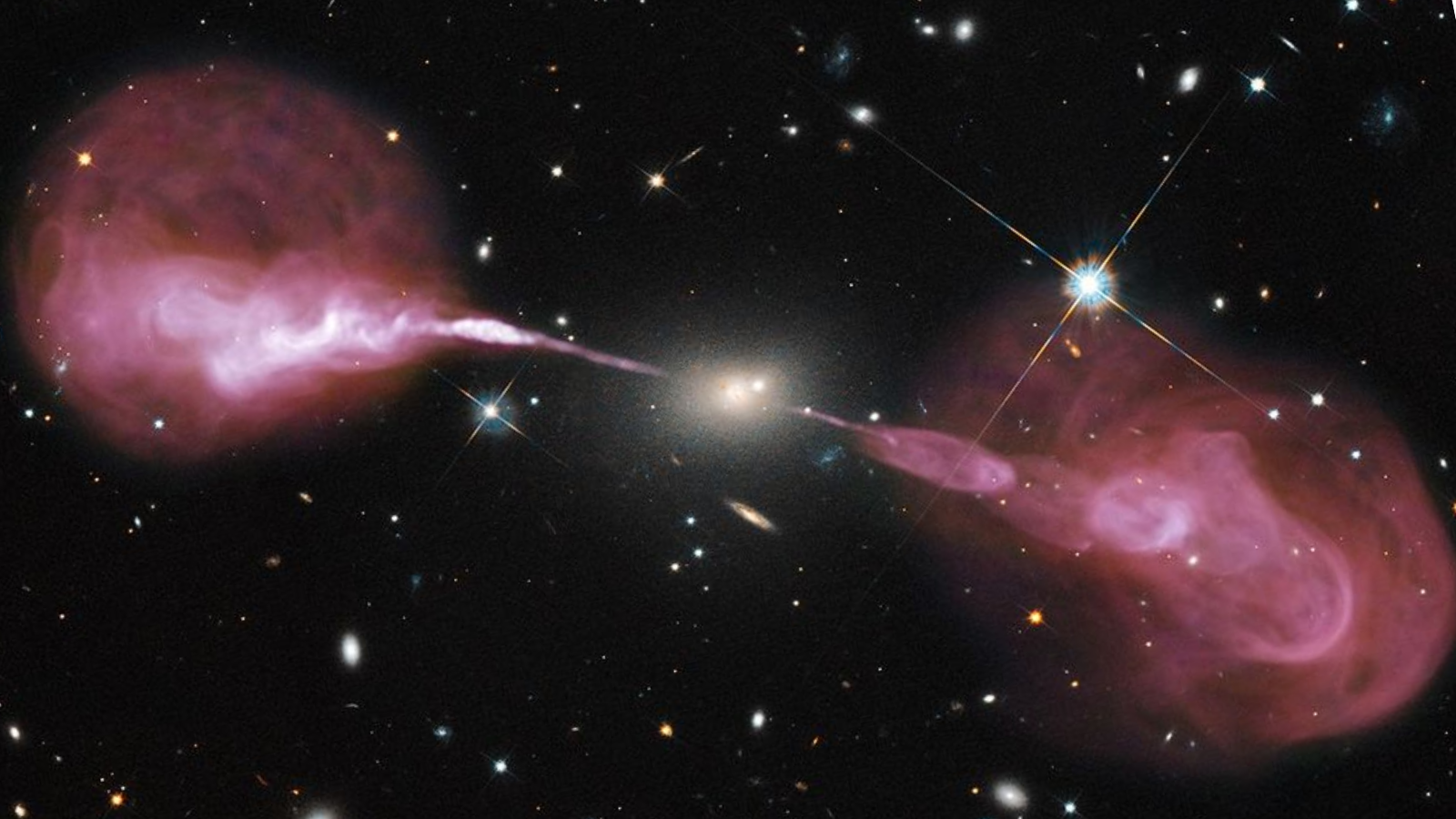
Astronomers discover 15 new giant radio galaxies — the largest single objects in the universe
By Robert Lea published
A new batch of 15 Giant Radio Galaxies, the largest of which is 12.4 light-years wide, could help reveal how black holes and galactic mergers help the universe's largest single objects grow so large.
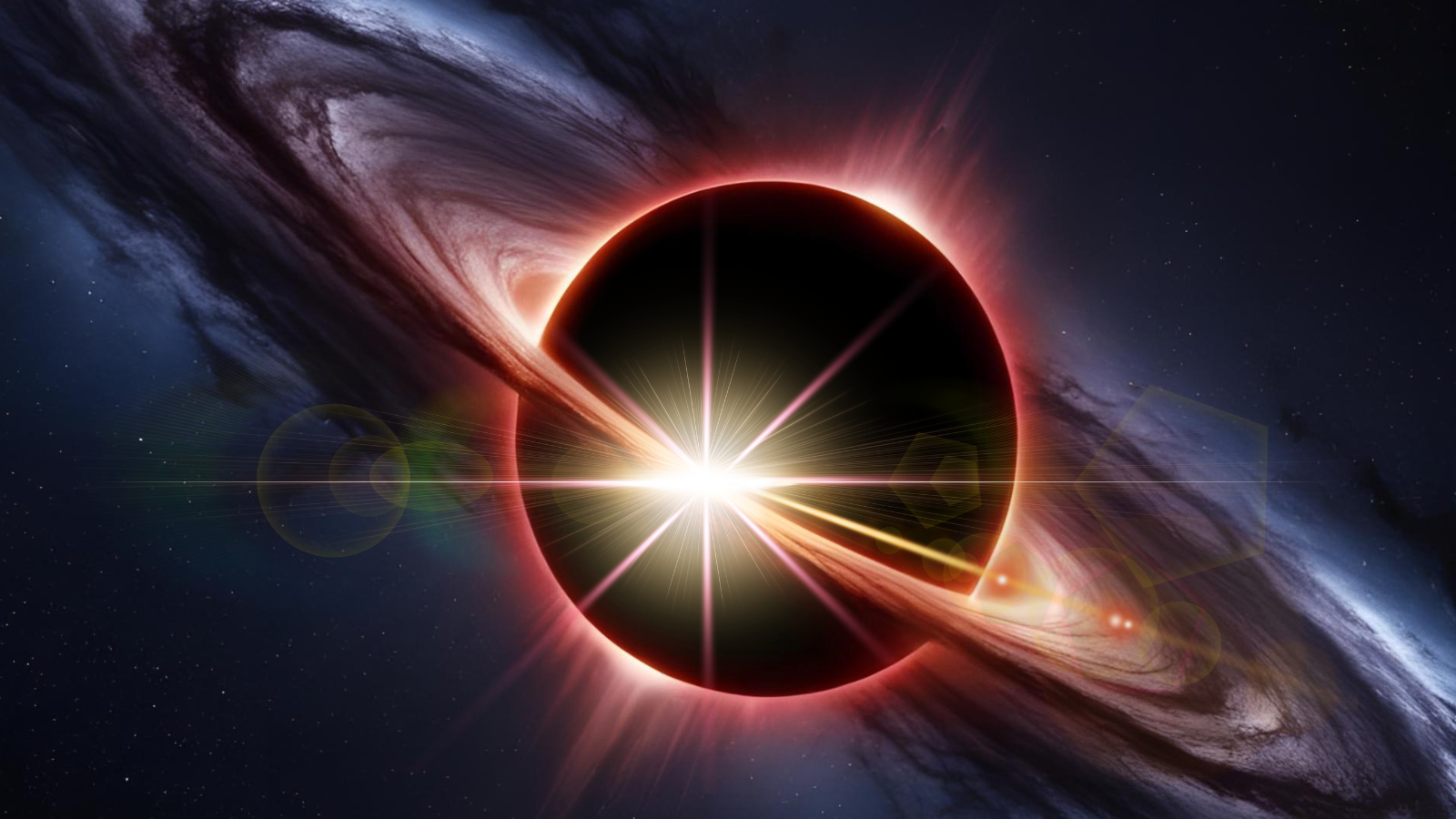
Black holes could work as natural particle colliders to hunt for dark matter, scientists say
By Robert Lea published
Supermassive black holes could act as natural particle accelerators, helping humanity investigate dark matter.
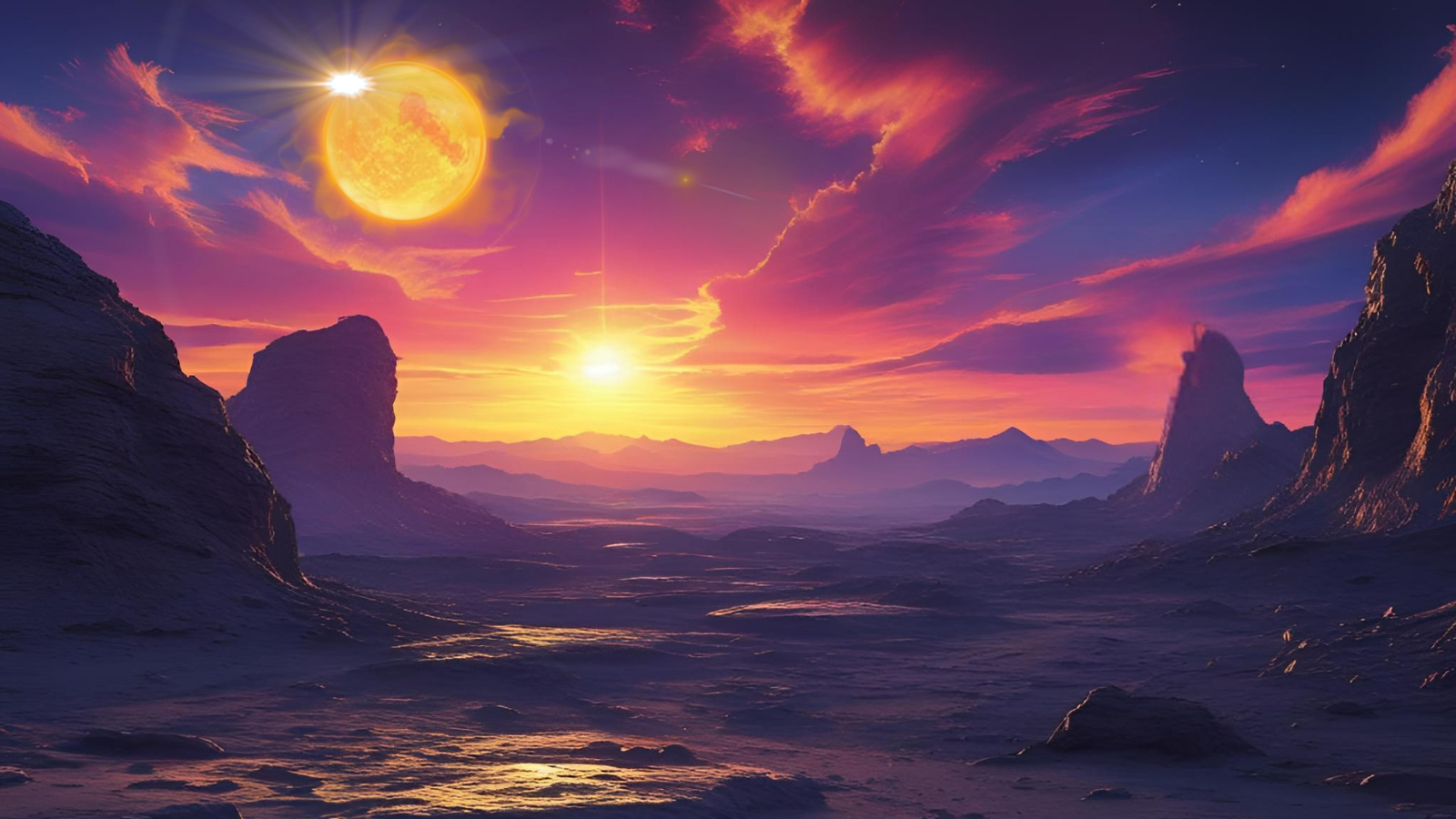
AI could solve puzzles posed by twin stars in 'mere minutes or seconds on a single laptop'
By Robert Lea published
A newly designed, AI-powered program could solve the puzzle of binary stars in mere seconds using a common laptop, a process that currently takes supercomputer clusters weeks.
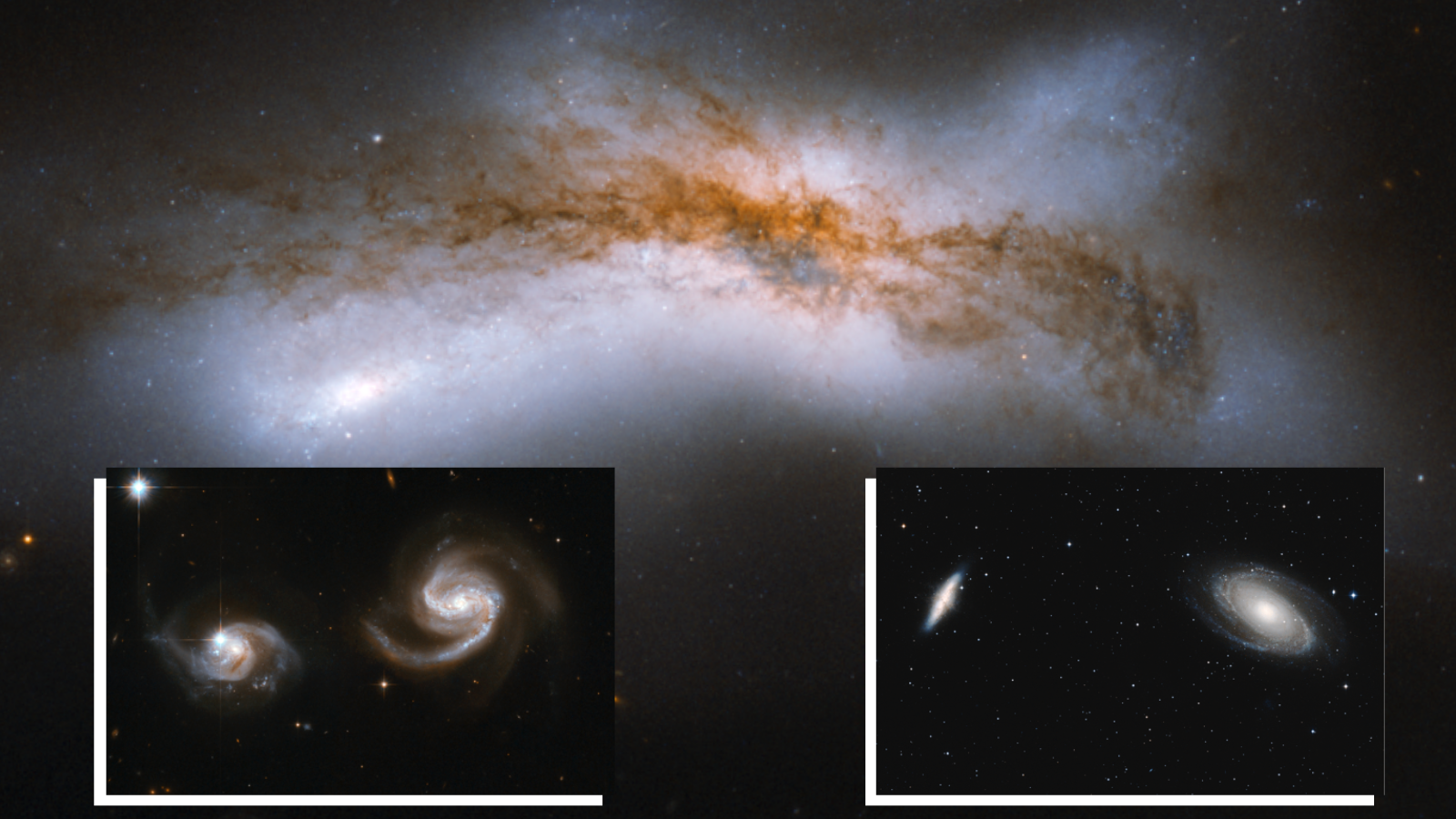
The Milky Way may not collide with neighboring galaxy Andromeda after all: 'From near-certainty to a coin flip'
By Robert Lea published
A collision between the Milky Way and neighboring galaxy Andromeda is far from a sure thing; in fact, it could hinge on the flip of a cosmic coin.
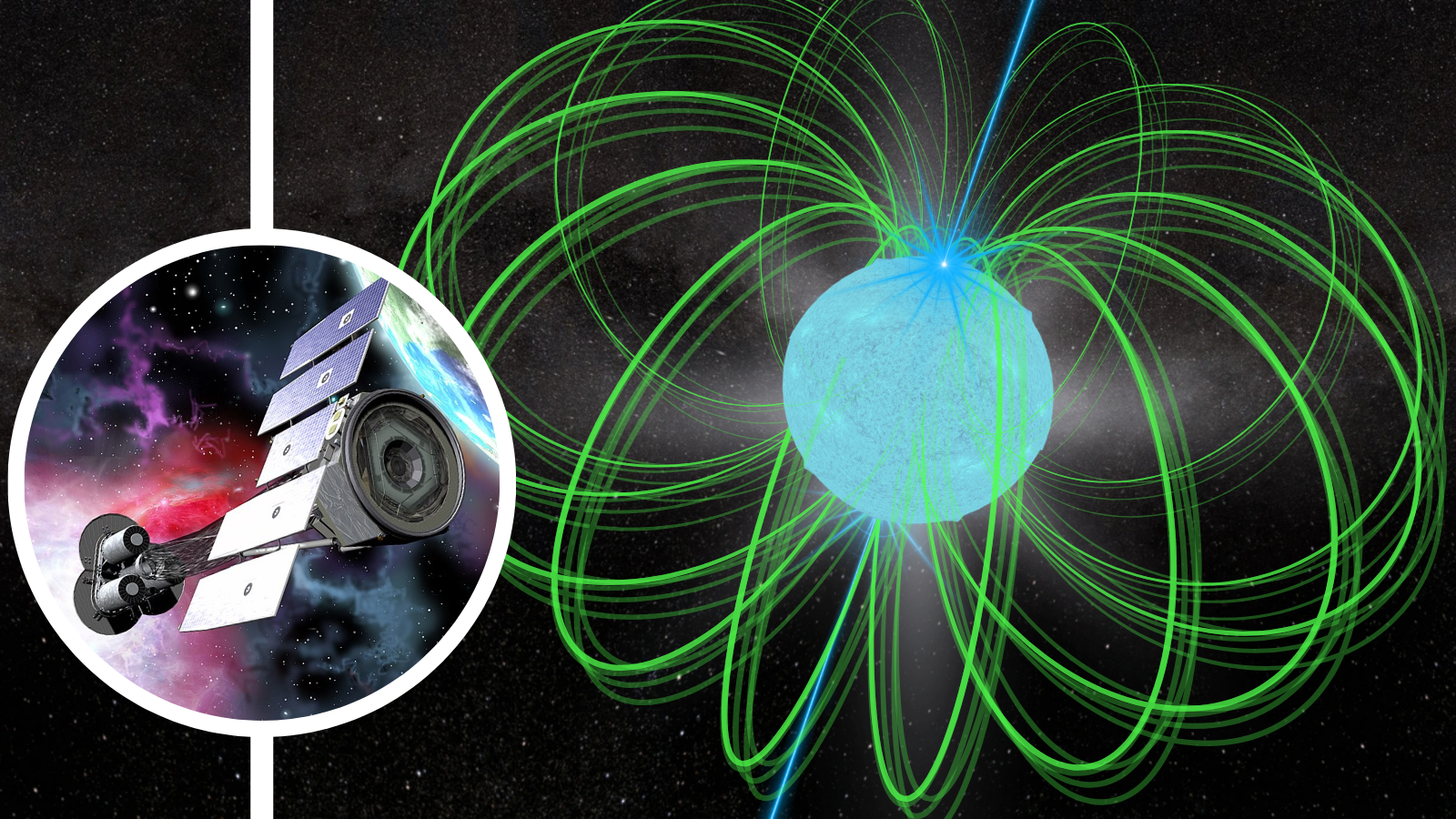
Super-magnetic dead star throws a violent temper tantrum as NASA X-ray spacecraft looks on
By Robert Lea published
NASA's X-ray space telescope IXPE has made the first observation of polarized light emerging from an outbursting magnetar, neutron stars that possess the universe's strongest magnetic fields.
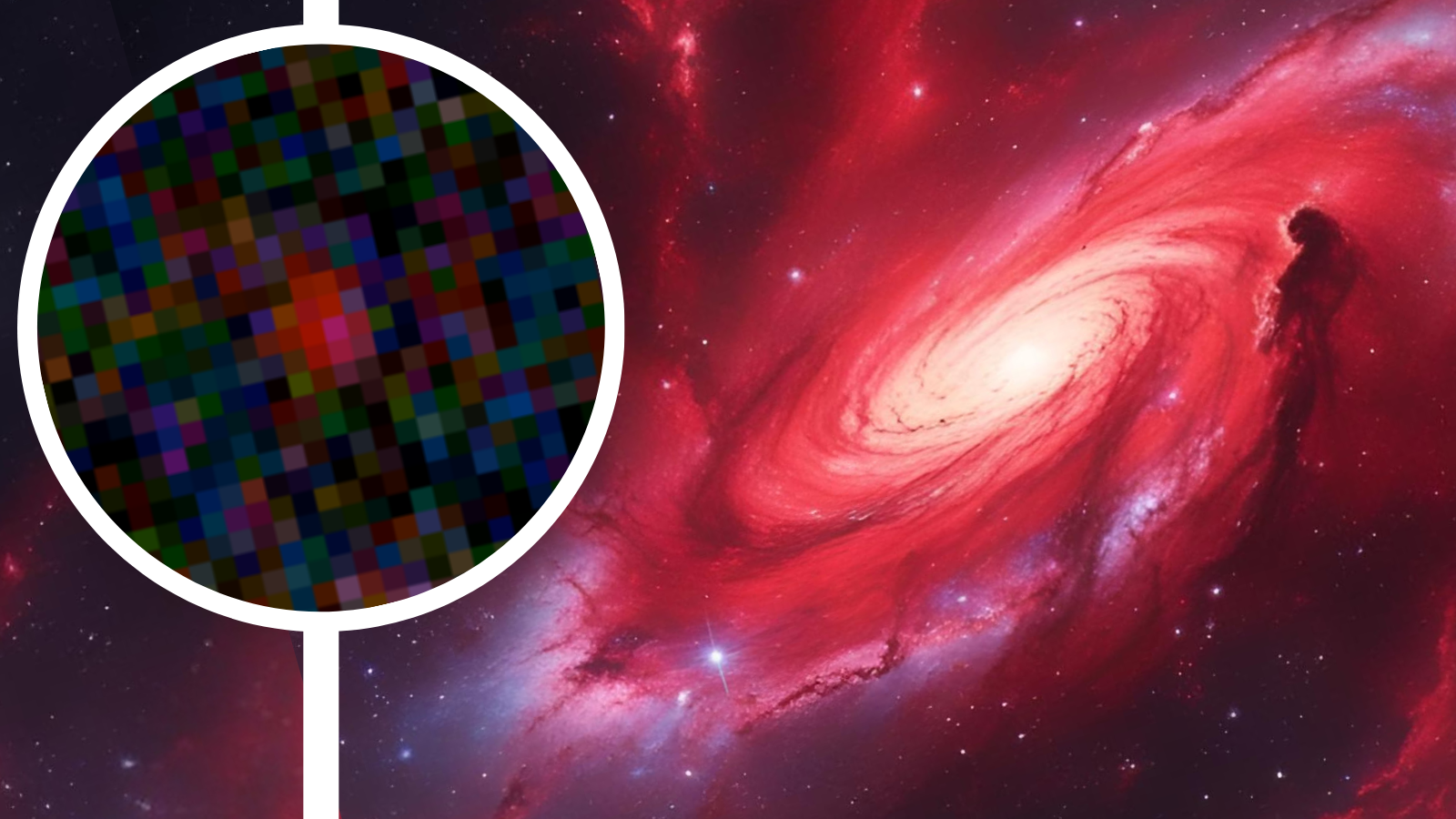
'Cosmic miracle!' James Webb Space Telescope discovers the earliest galaxy ever seen
By Robert Lea published
The James Webb Space Telescope has done it again, discovering the "mother of all early galaxies," a record-breaking distant object that existed just 280 billion years after the Big Bang.
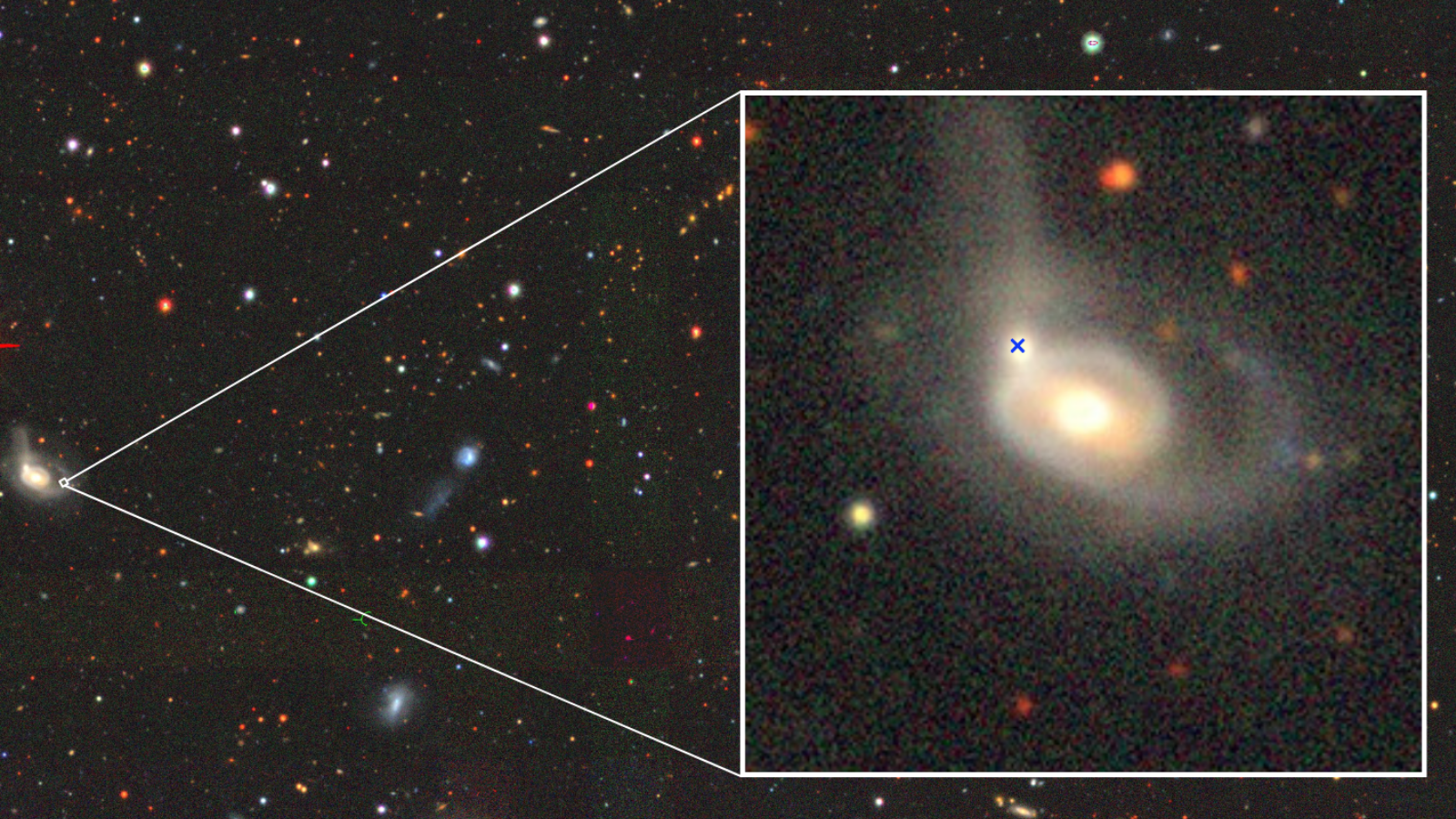
Astronomers discover black hole ripping a star apart inside a galactic collision. 'It is a peculiar event'
By Robert Lea published
Astronomers have spotted a supermassive black hole ripping apart and devouring a star in colliding galaxies. It is only the second time a tidal disruption event has been seen in interacting galaxies.
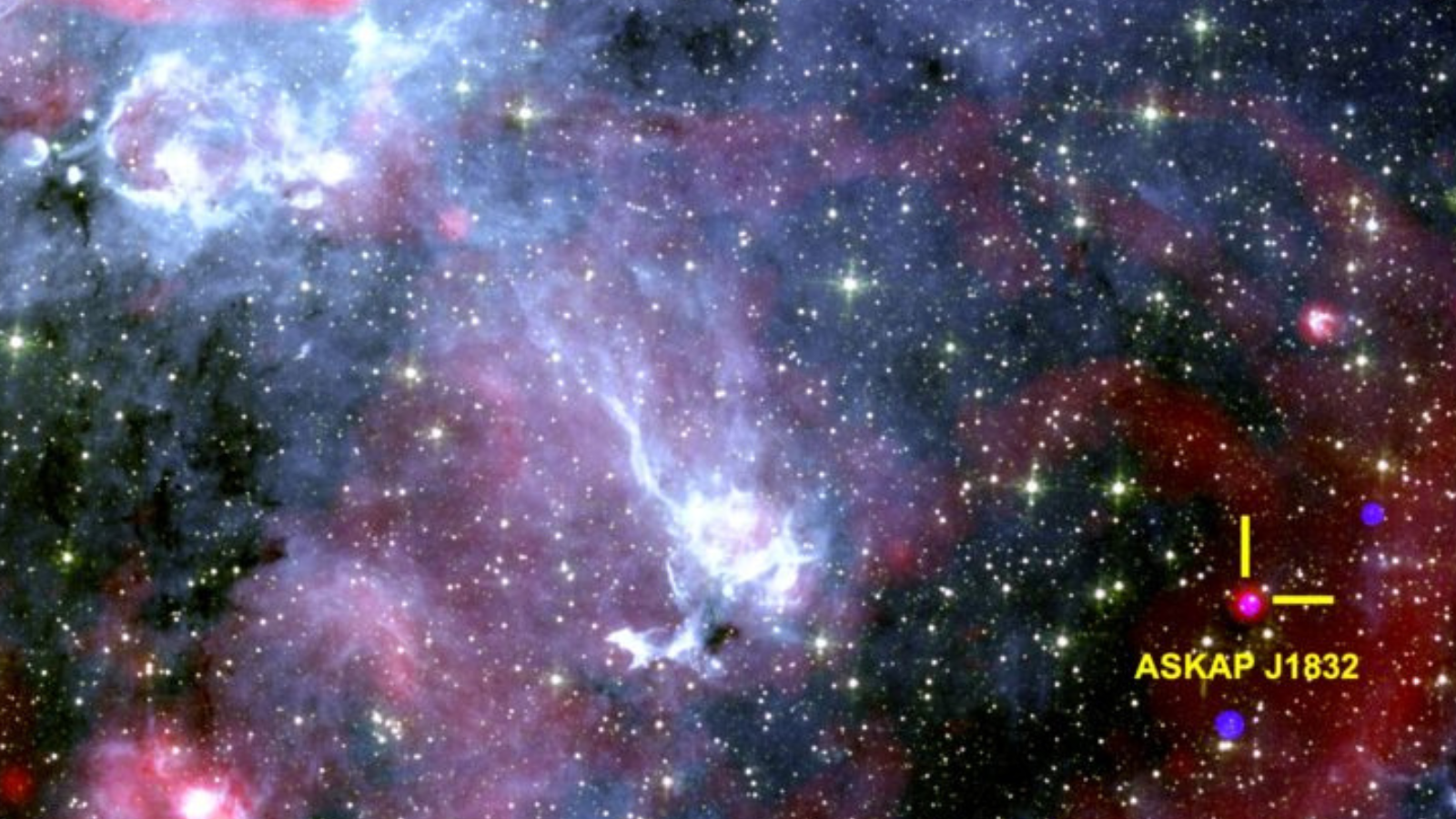
Astronomers discover mystery cosmic body bursting with X-rays: 'This object is unlike anything we have seen before'
By Robert Lea published
The mystery surrounding a strange cosmic object, or 'long-period transient,' has deepened. This object is bursting with X-rays, and astronomers describe it as unlike anything seen before.
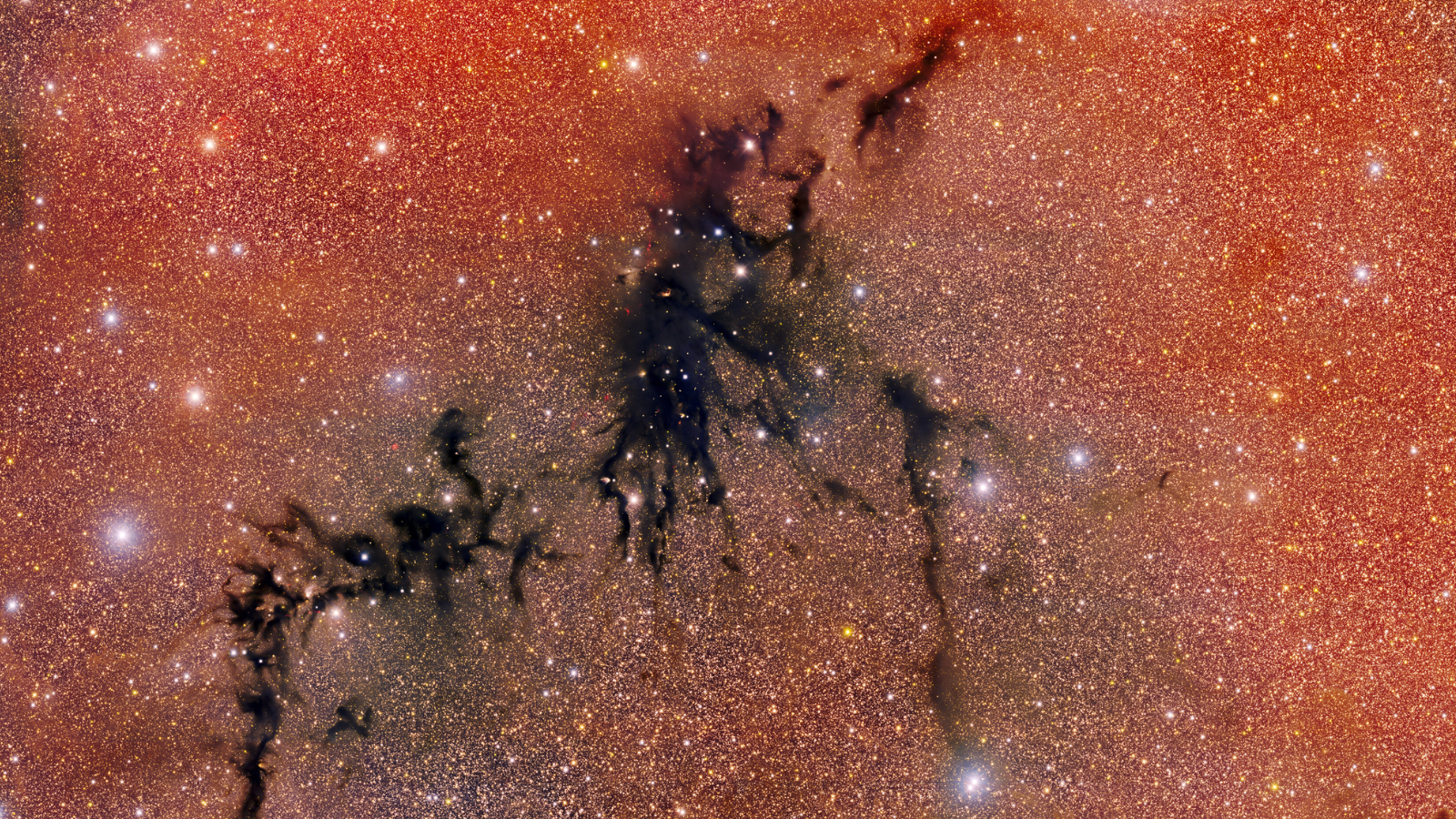
Astronomers gaze into 'dark nebula' 60 times the size of the solar system (video)
By Robert Lea published
Using the Dark Energy Camera astronomers have found a packed stellar nursery of infant stars in the dark nebula in the 180-light-year-wide Circinus West molecular cloud.
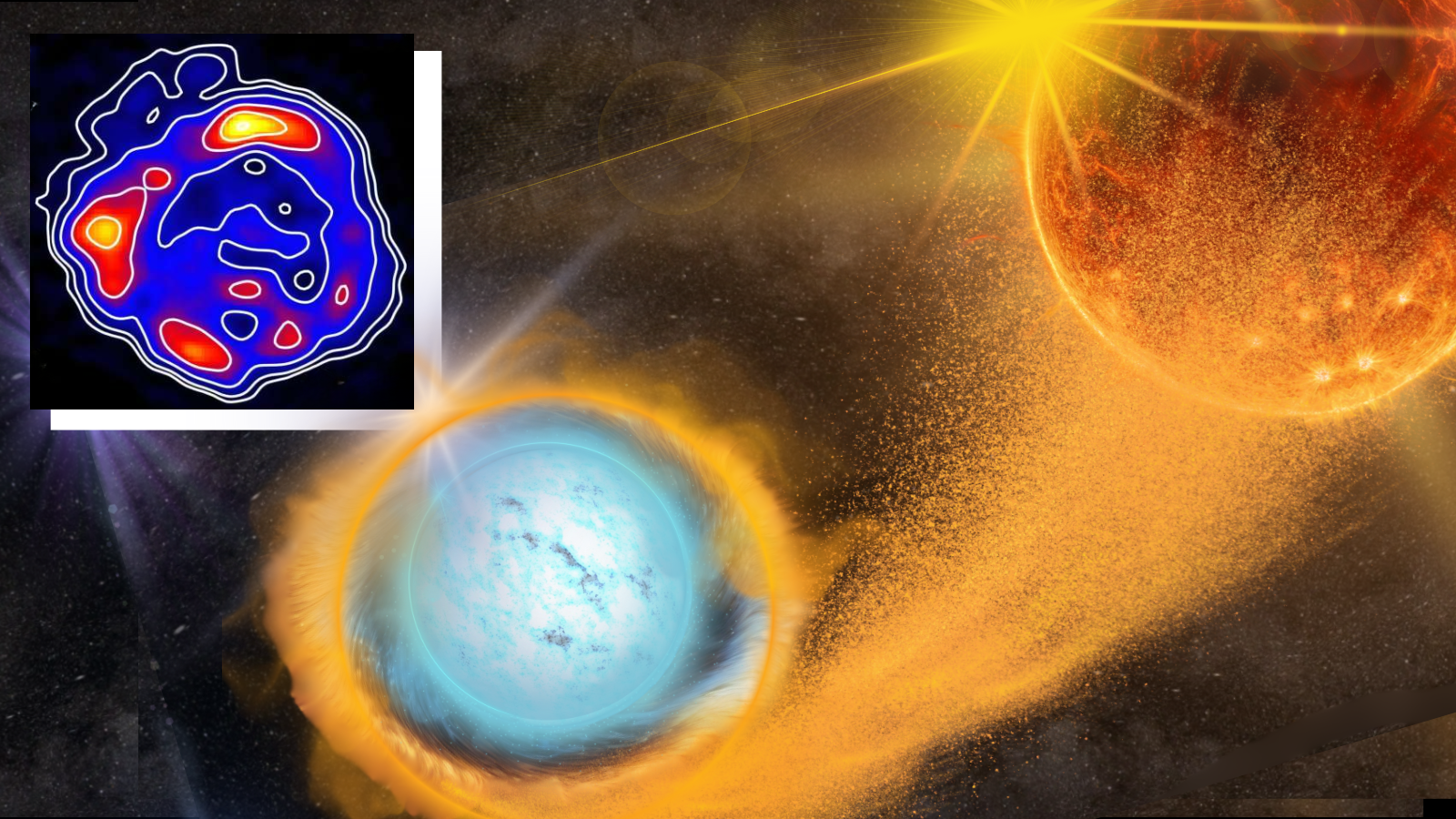
Hubble helps explore the wreckage of a supernova star explosion in a satellite galaxy of the Milky Way (image)
By Robert Lea published
Using the Hubble Space Telescope and an array of other instruments, astronomers have probed supernova wreckage in the Large Magellanic Cloud, the galaxy next door.

Scientists discover super-Earth exoplanets are more common in the universe than we thought
By Robert Lea published
Super-Earths can exist in wider orbits around their parent stars than was previously believed, suggesting these Earth-like exoplanets could be more common than we thought.
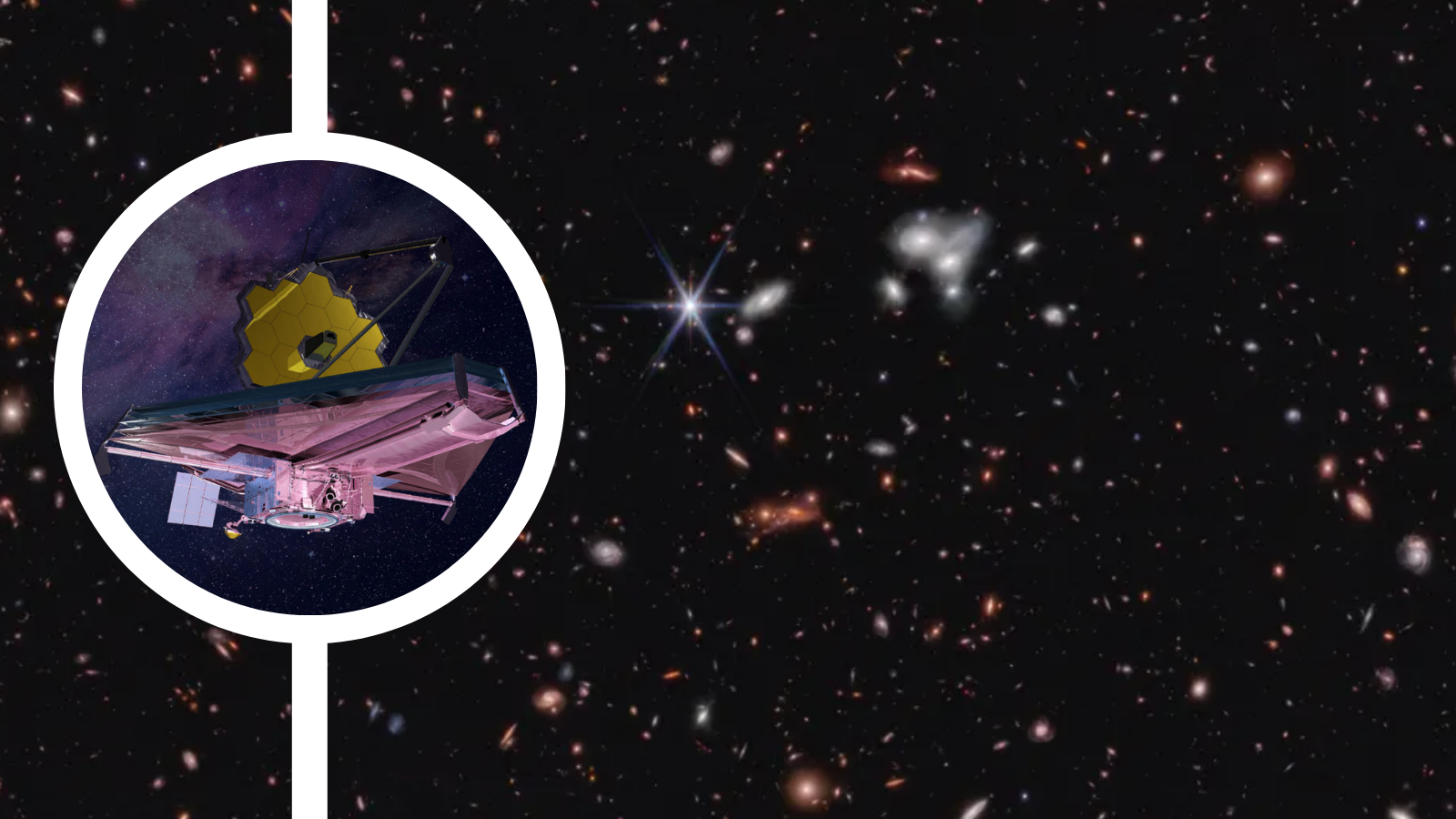
James Webb Space Telescope finds a wild black hole growth spurt in galaxies at 'cosmic noon'
By Robert Lea published
Using the James Webb Space Telescope, astronomers have peered into galaxies that existed at cosmic noon to hunt ravenously feeding black holes and bursts of starbirth.
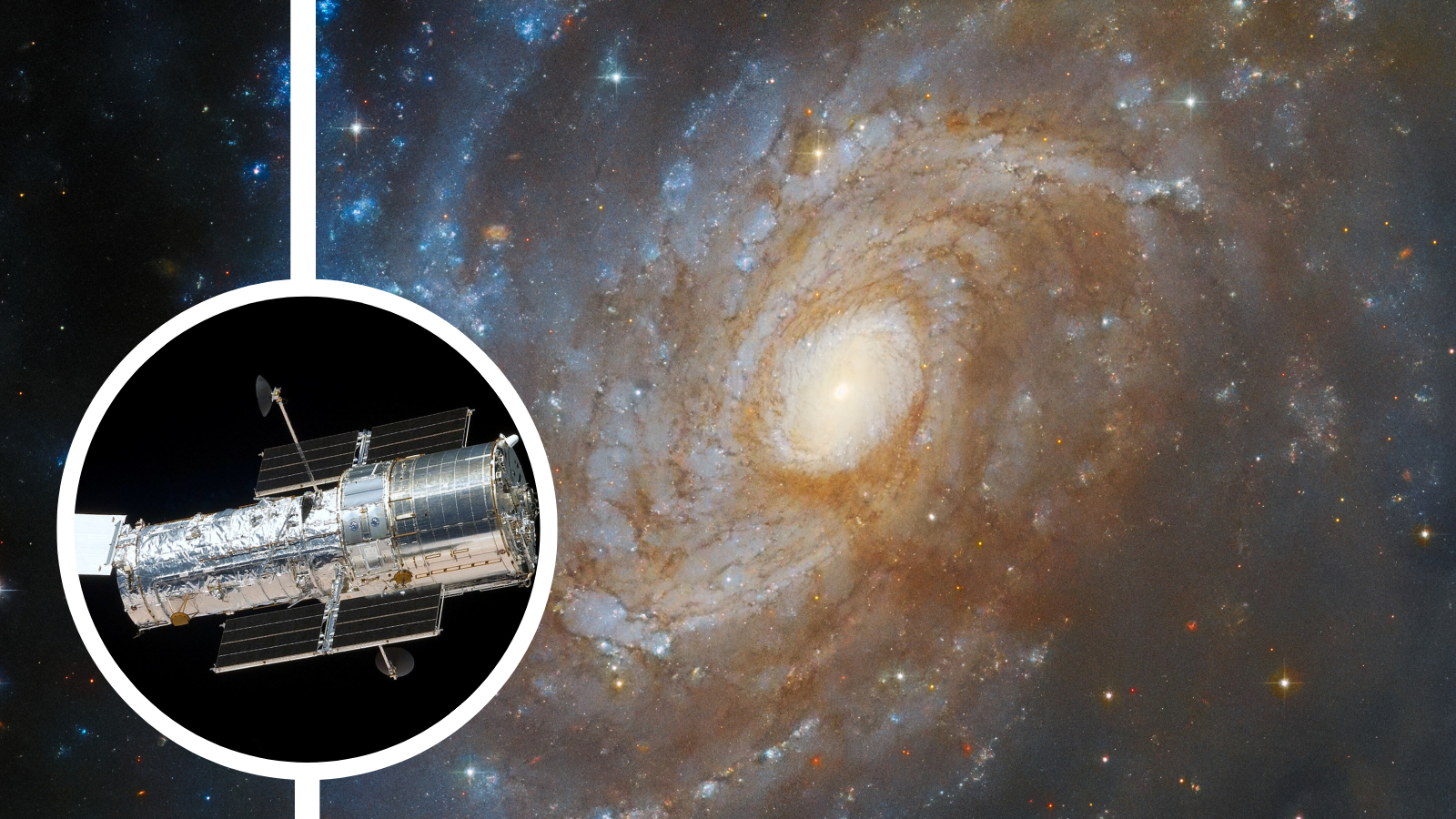
Can Hubble still hang? How the space telescope compares to its successors after 35 years of cosmic adventures
By Robert Lea published
On Thursday, April 24, 2025, the Hubble Space Telescope will celebrate 35 years in space. Can it still hold its own and prove useful when compared to instruments like the James Webb Space Telescope?

Astronomers discover dark matter 'bridge' linking colliding galaxies: 'This is the missing piece we've been looking for.'
By Robert Lea published
A massive clump of dark matter in the Perseus galaxy cluster is linked to its core by a bridge of dark matter, evidence of a history of mergers.
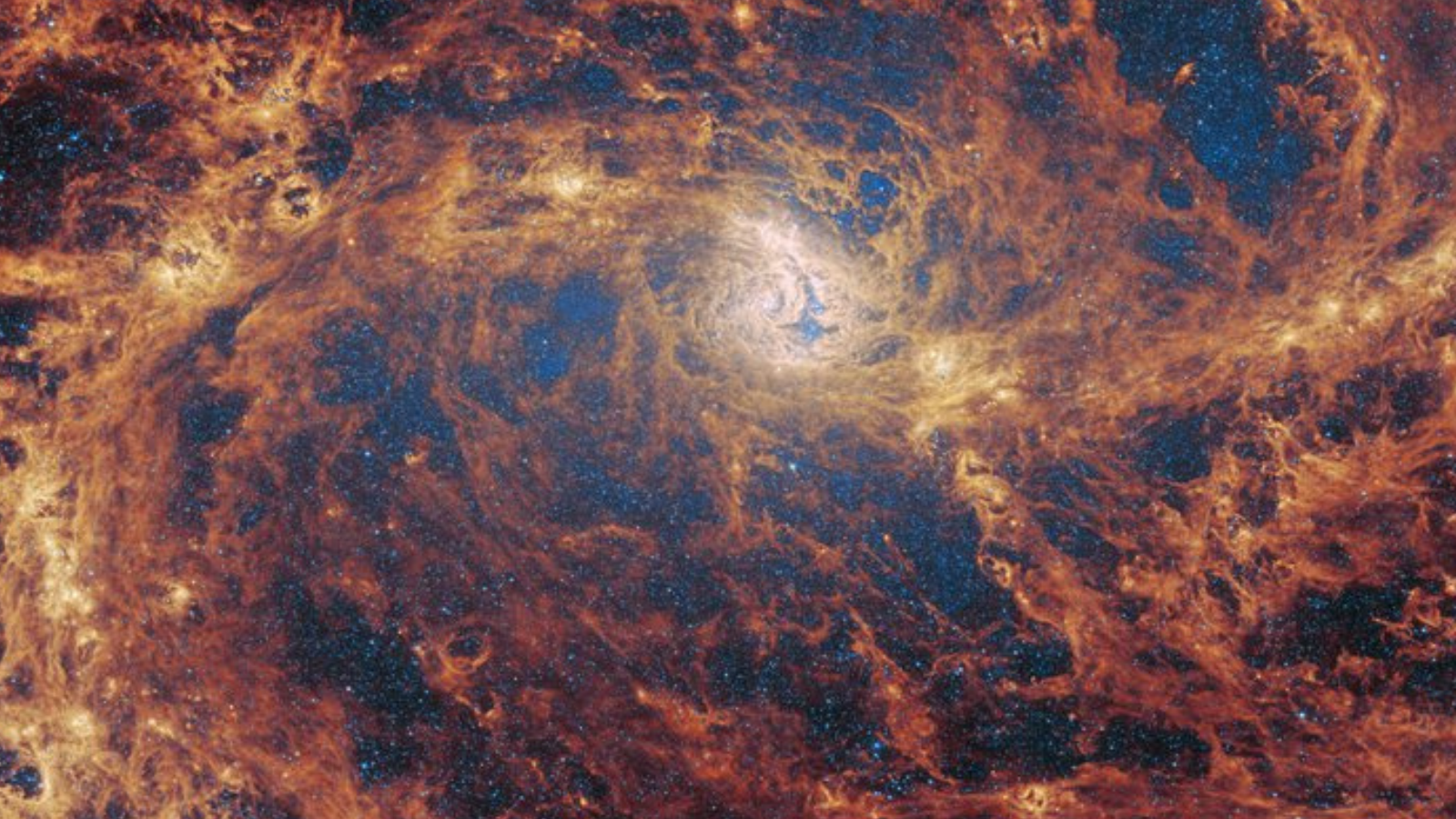
Has the James Webb Space Telescope discovered a 'missing' supermassive black hole? (video)
By Robert Lea published
Using the James Webb Space Telescope, astronomers have discovered "smoking gun" evidence of a hidden feeding supermassive black hole in a distant spiral galaxy.
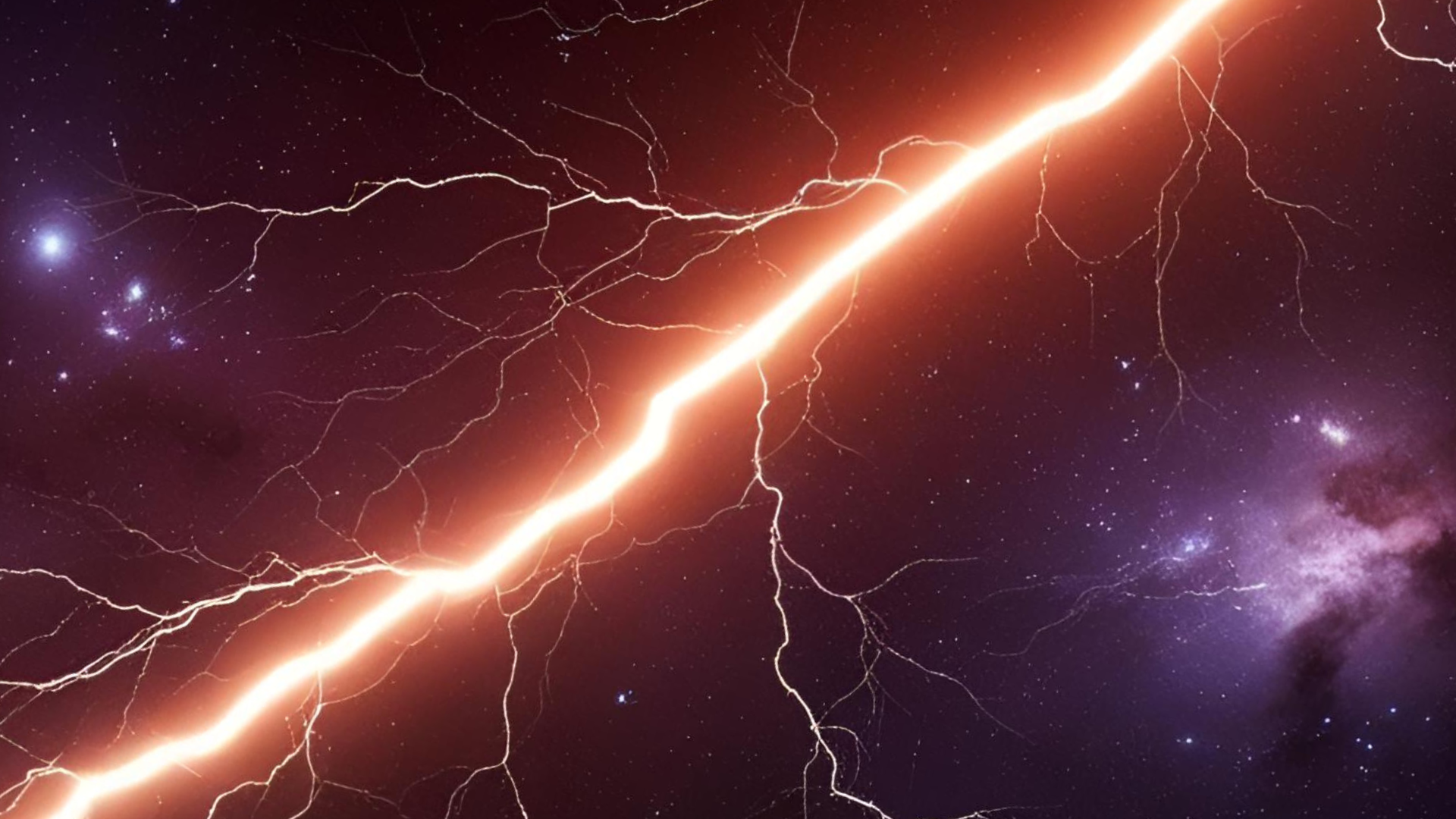
Gamma-ray bursts reveal largest structure in the universe is bigger and closer to Earth than we knew: 'The jury is still out on what it all means.'
By Robert Lea published
New research suggests that the largest cosmic structure is even bigger and closer to Earth than we knew. It goes against scientists' models of cosmic evolution.

Where did this extremely magnetic, dense and dead star come from? Scientists aren't quite sure
By Robert Lea published
Using the Hubble and Gaia space telescopes, astronomers have discovered that a powerfully magnetic neutron star in the Milky Way wasn't born in a supernova.
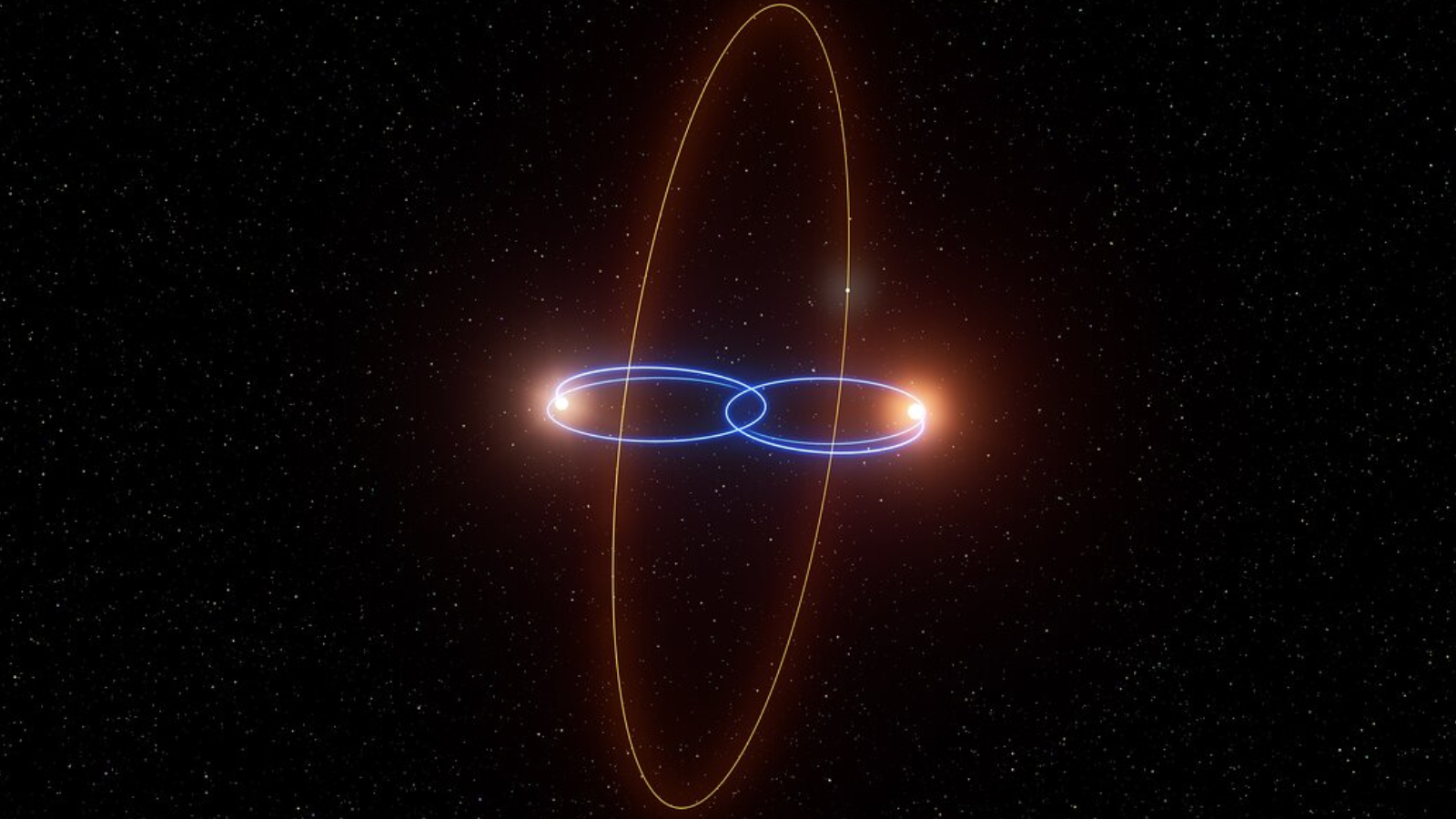
Scientists discover bizarre double-star system with exoplanet on a sideways orbit (video)
By Robert Lea published
Astronomers have discovered the weirdest planetary system ever seen, consisting of a planet rolling around rare binary "failed star" brown dwarfs at a 90-degree tilted angle!
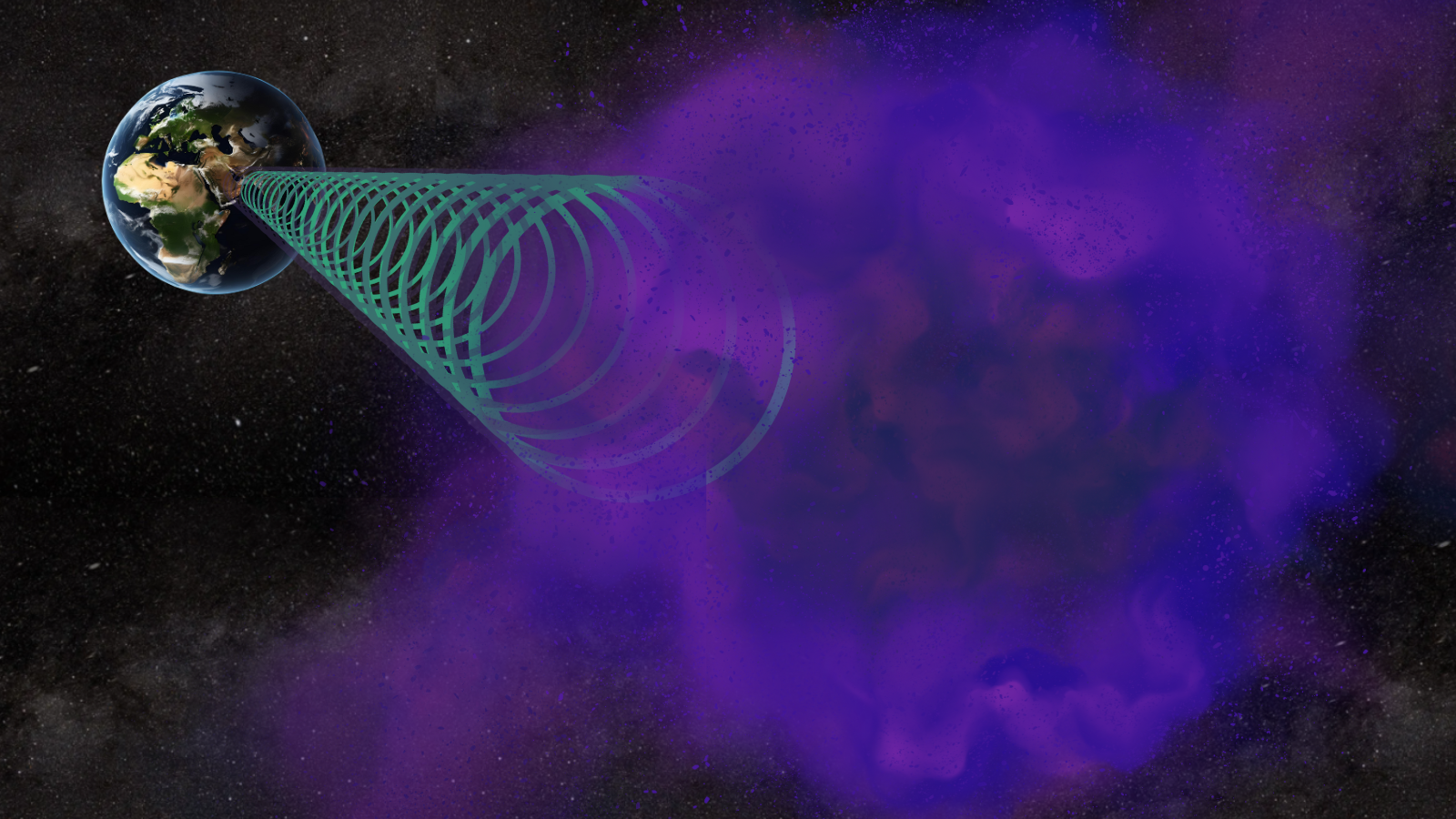
A 'cosmic car radio' could help scientists tune in to dark matter within the next 15 years
By Robert Lea published
Scientists have developed a cosmic car radio that could tune into the frequency of axions, a prime dark matter suspect.
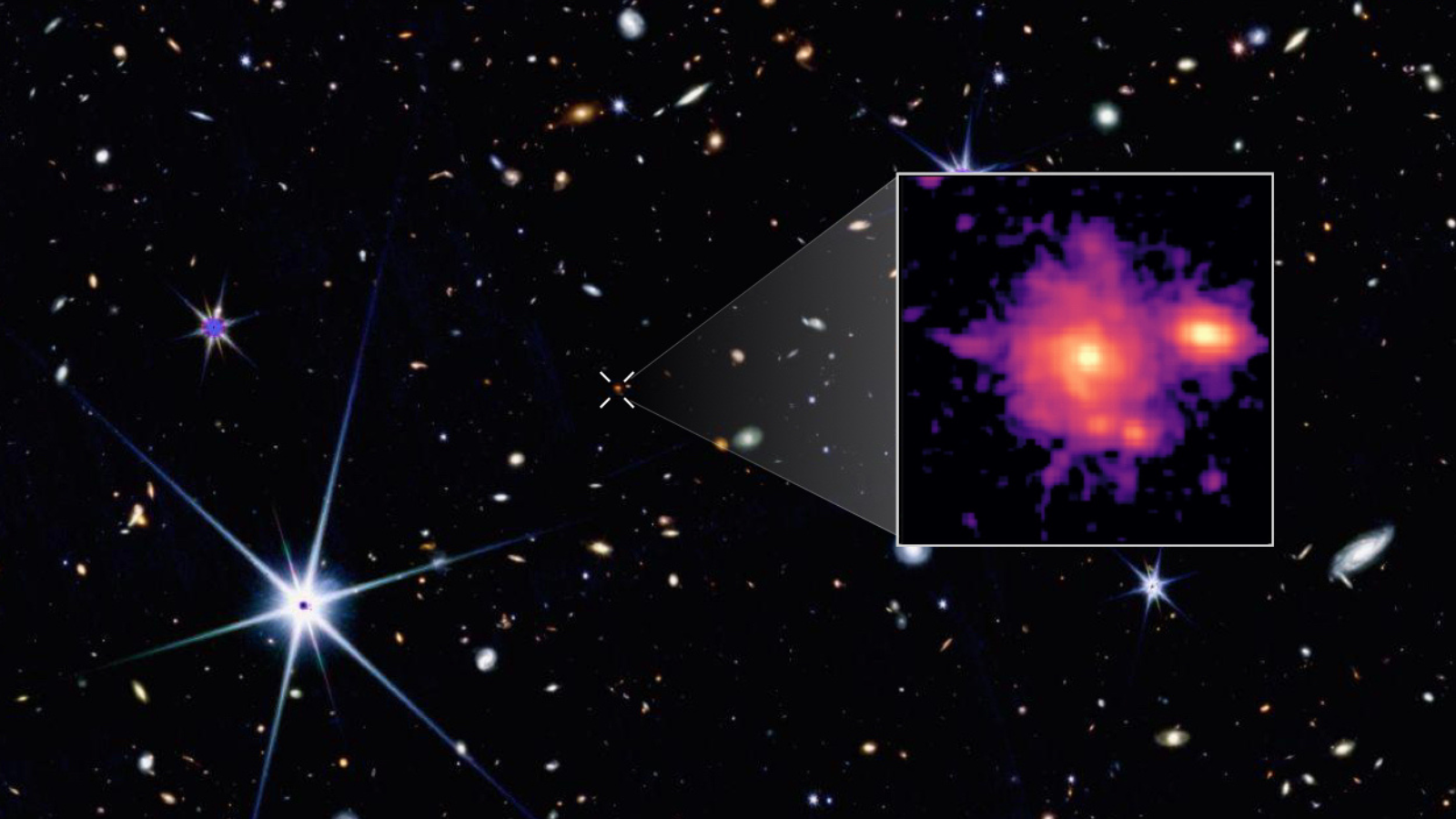
James Webb Space Telescope discovers most distant and earliest Milky Way 'twin' ever seen. Meet dragon-galaxy Zhúlóng (image)
By Robert Lea published
The James Webb Space Telescope has spotted the most distant spiral galaxy ever seen, a "Milky Way twin" that existed 1 billion years after the Big Bang.
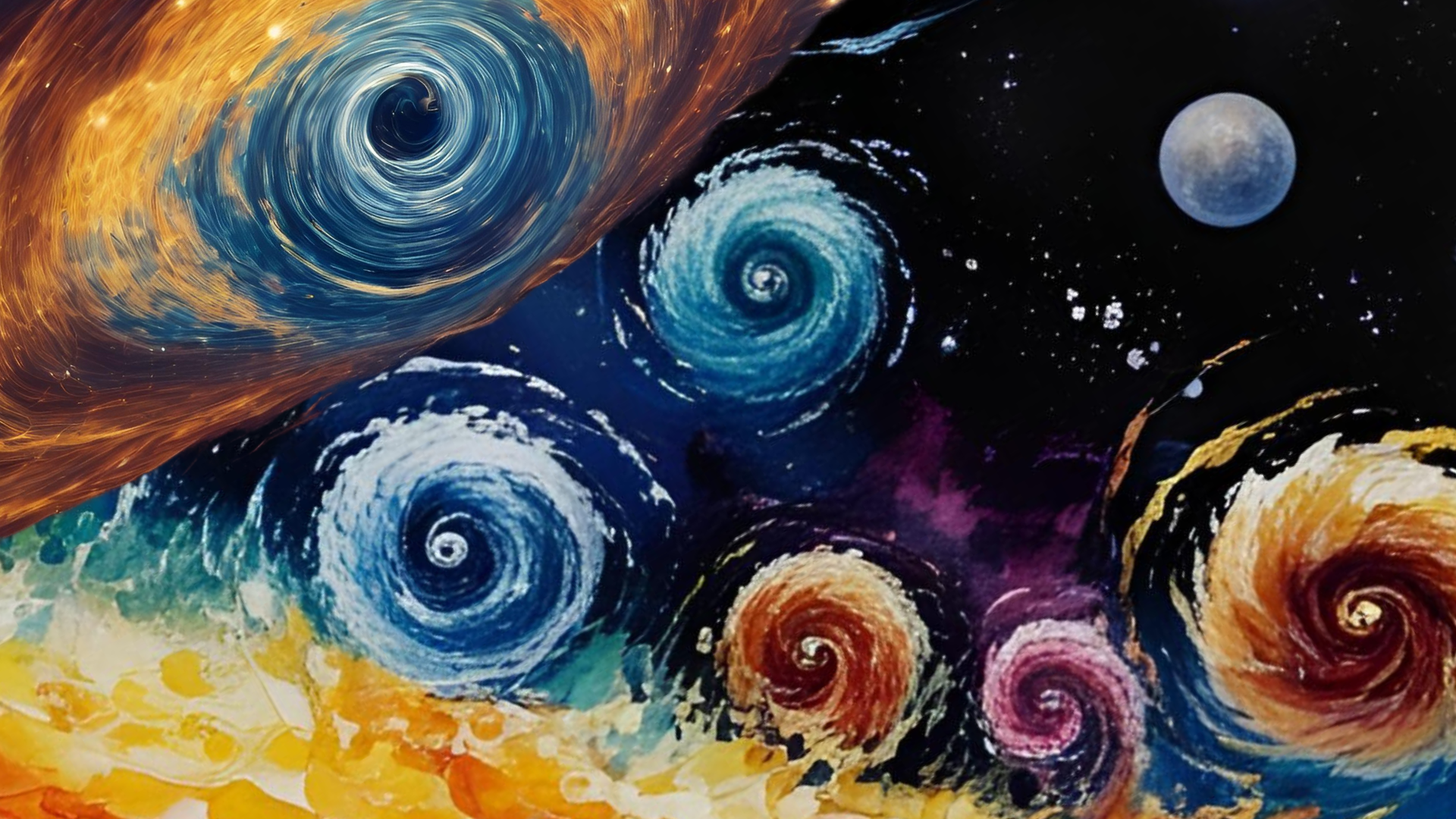
Matter-spewing 'singularities' could eliminate the need for dark energy and dark matter
By Robert Lea published
A new cosmic model suggests that singularities could briefly pop into existence, spewing matter and energy into the cosmos, negating the need for dark energy and dark matter.
Breaking space news, the latest updates on rocket launches, skywatching events and more!



